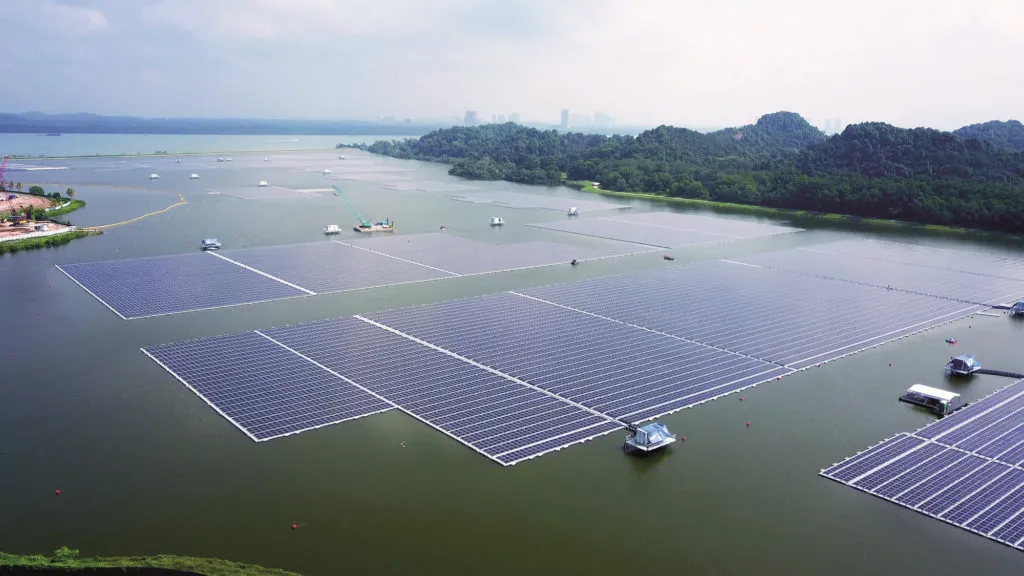In the heart of Manila, researchers are cooking up a storm in the world of agricultural technology, and it’s not about the latest hybrid seeds or drought-resistant crops. Instead, they’re focusing on a cutting-edge energy solution that could revolutionize how we monitor and maintain plant health: thin-film thermoelectric generators (TFTEGs). This isn’t just about growing food; it’s about growing smarter, more sustainable agricultural systems that can power themselves.
At the forefront of this innovation is Toshiou Baba, a researcher at the Center for Engineering and Sustainable Development Research at De La Salle University. Baba and his team are exploring how TFTEGs can harness the natural temperature gradients caused by plant transpiration to generate electricity. This isn’t just any electricity—it’s a clean, renewable energy source that could power sensors and monitoring devices in the field, reducing the need for batteries and other disposable energy sources.
“Thin-film thermoelectric generators have the potential to transform agricultural monitoring,” Baba explains. “By integrating these devices into plant-wearable or canopy-level systems, we can create self-sustaining networks that provide real-time data on plant health, soil conditions, and environmental factors. This could lead to more efficient farming practices and reduced energy costs for farmers.”
The research, published in *AgriEngineering* (which translates to *Agricultural Engineering* in English), delves into the latest advancements in TFTEG materials, device structures, and manufacturing processes. The team examined a range of materials, from inorganic to organic and hybrid options, evaluating their flexibility, thermal stability, output power, and biocompatibility. The goal? To find the perfect balance between performance and sustainability in agricultural settings.
One of the most exciting aspects of this research is the integration of artificial intelligence (AI) into the design and optimization of TFTEGs. Baba’s team explored how AI-driven tools, such as neural network-based conditional Generative Adversarial Networks (GANs) and surrogate modeling, can enhance the design process. These tools allow researchers to simulate and optimize TFTEG performance before physical prototypes are even built, speeding up the development process and reducing costs.
“AI is a game-changer in this field,” Baba says. “It allows us to explore a vast design space quickly and efficiently, identifying the most promising configurations for real-world applications. This not only accelerates the research process but also ensures that the final products are optimized for performance and reliability.”
The research also highlights the challenges that still lie ahead. Material toxicity, mechanical degradation, and the seamless integration of AI into the design process are all hurdles that need to be overcome. However, the potential benefits are too significant to ignore. TFTEGs could pave the way for a new era of smart agriculture, where sensors and monitoring devices are powered by the very plants they’re observing, creating a closed-loop system that is both sustainable and efficient.
As the world grapples with the challenges of climate change and food security, innovations like TFTEGs offer a glimmer of hope. They represent a step toward a future where technology and nature work hand in hand, creating systems that are not only more efficient but also more resilient. And with researchers like Baba leading the charge, the future of agriculture looks brighter—and greener—than ever before.

